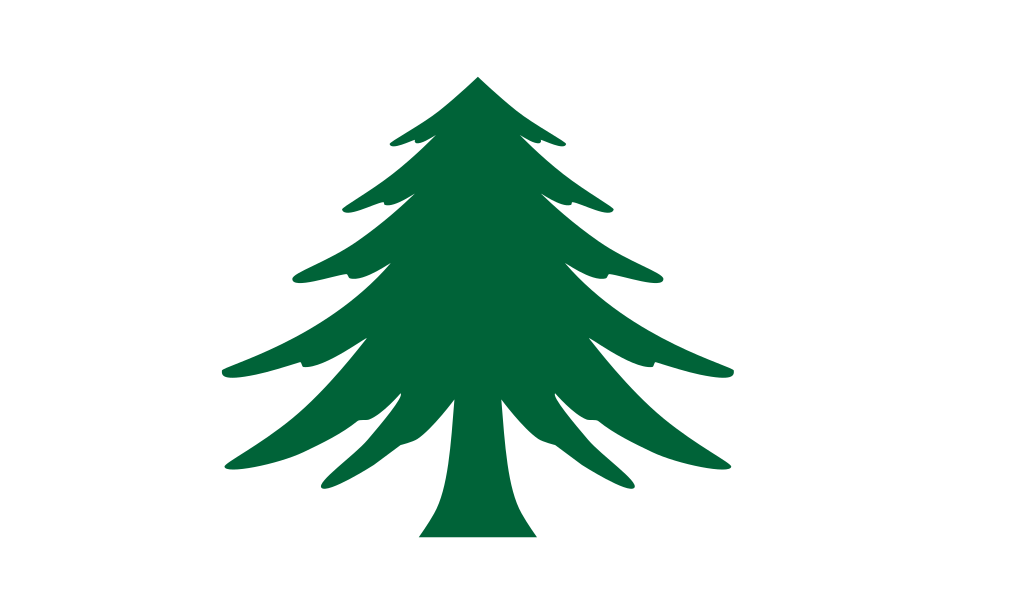Many of the colonies that became the original 13 United States had their own navies during the Revolutionary War. Indeed, only New Jersey and Delaware did not. Individual colonies hastily cobbled together fleets as the conflict unfolded. With these, they hoped to defend American shores from a superior British fleet. States formally commissioner some of the ships and issued letters to privateers for others.
These were in addition to the Navy of the United Colonies (the Continental Navy). They fought together valiantly in a number of battles on the seas, rivers and shores along the Atlantic coastline. Then most of these makeshift navies faded away soon after the war. However, in South Carolina the concept returned for an encore during the Civil War. Reenactor groups such as the Colonial Navy of Massachusetts and the Pennsylvania State Navy carry on this heritage.
Government Recognition
Two states continue to commemorate this rich maritime tradition with officially-sanctioned naval ensigns: Massachusetts and Maine.
Massachusetts

The basic design of the Massachusetts flag dates back to the era of the Revolution and features a green pine tree on a white field. Originally it included the motto, “An Appeal to Heaven.” However, the state removed that portion in 1971.
Officially the state calls it “The Naval and Maritime Flag of the Commonwealth.” This recognizes that Massachusetts is but one of four United States that declares itself a commonwealth.
Maine

The “Merchant and Marine Flag of Maine” is of a much more recent vintage, dating back only to 1939. According to the Maine State Legislature:
“The flag to be known as the merchant and marine flag of the State shall be of white, at the top of which in blue letters shall be the motto “Dirigo”; beneath the motto shall be the representation of a pine tree in green color, the trunk of which shall be entwined with the representation of an anchor in blue color; beneath the tree and anchor shall be the name “Maine” in blue color.”
It bears a striking resemblance to the Massachusetts naval ensign. I speculate that it somehow relates to Maine having been originally part of Massachusetts until 1820 when it became a separate state. The Latin term Dirigo translates to “I lead” or “I direct” and is the official Maine motto.

Leave a Reply